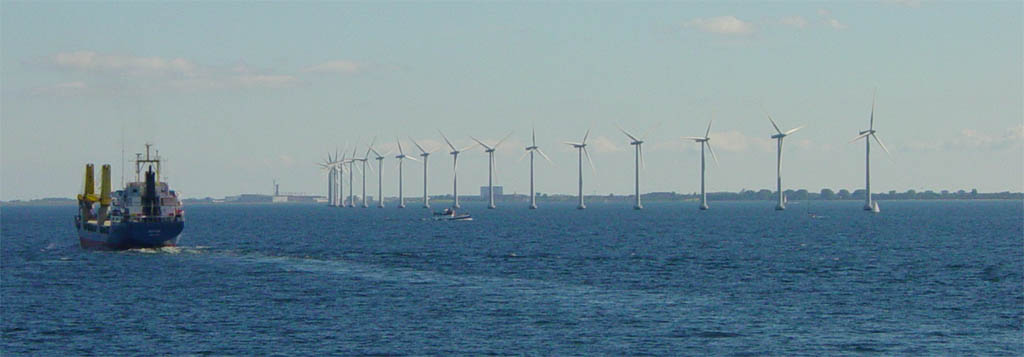
When scientists and policy-makers go searching for the source of anthropogenic greenhouse gas emissions, the finger is almost always pointed at developed nations. This blame is not without reason, and the goal of these developed countries must now be to quickly shift their economies from a base of fossil fuels to carbon neutral energy. The discussion of this transformation usually centers around two areas: carbon mitigation and renewable energy development. Carbon mitigation involves the continued emission of carbon dioxide from fossil fuels, the capture of the emissions at the point of release, and final sequestration of that carbon dioxide; there is even interest in sequestering carbon dioxide that was released by past industrial activities. The other promise of technology in a post-Copenhagen world is in the development of renewable energy, such as wind, solar, and and geothermal. As we have seen from the current renewable energy industry, a mix of public and market development will have to guide these technological developments, but they are nonetheless essential as developed economies continue to globalize.
While industrialized nations have provided the model for emissions-intensive development, the potential for emissions is much greater in developing nations. As we have seen with India and China, as developing nations strive to create global economies they can quickly outpace developed countries in greenhouse as emissions. As staggering billions yearn for a “western” quality-of-life, we will have to quickly learn to balance emissions and lifestyle for a sustainable outcome. One proposed solution for the rise of the developing world is “leapfrog development”. While industrialized countries will have to learn to wean themselves off of fossil fuels and onto renewable energy, developing nations may be able to “leapfrog” carbon-intensive development and skip straight to renewable energy sources such as wind and solar. While this proposal encompasses such diverse areas as trade agreements, technology transfers, and copyright infringement, the possibility that developing countries can become the most carbon-efficient is certainly enticing.
As the conference develops, the role of technology and renewable energy in of future climate solutions will become more clear, even if the path to their widespread adoption remains uncertain.

